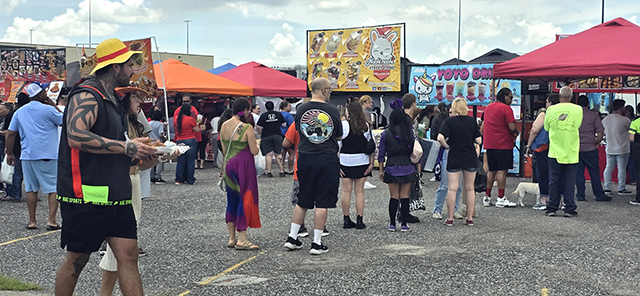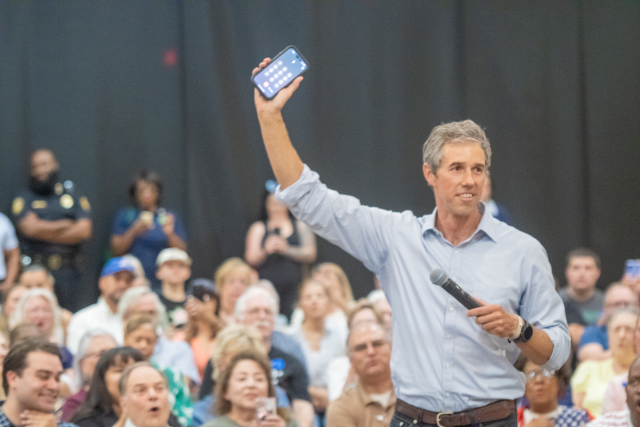Editorial — The Alamo remembered: Texas heroism treasured
Published 8:37 am Thursday, March 7, 2019
True story: Some years back, a staff member here attended a newspaper conference in San Antonio and started each day with a central city, downtown jog. Without fail, each run brought him back near his hotel but short of his intended distance. So he would make up the mileage by circling the Alamo.
A solitary guard stood his post in those early morning hours, and seemed nonplussed by our running editor circling the old mission — it’s not that big — again and again until he’d reached his distance goal.
At one point the guard looked up as the runner passed him.
“Got you surrounded,” the runner said.
“Been done before,” the guard replied laconically, never breaking expression.
There is something about the Alamo and all the richness it entails that seems to stand for Texas itself. Never mind the lore or the movie or its place in literature.
The Alamo is the most revered battle story ever in this state, our own connections to the Civil War battle at Sabine Pass notwithstanding. Despite contentious recollections of what happened during that 13-day siege and final, overwhelming assault, it has inspired men and women here since that day of Texas heroism emblazoned in our memories: March 6, 1836.
Historian Stephen L. Hardin, writing for the Texas State Historical Association, characterizes it as “the most celebrated military engagement in Texas history,” a “symbol of patriotic sacrifice.” That those sacrificed including many latecomers to the state — Davy Crockett and Jim Bowie rode from elsewhere to the Alamo’s aid — doesn’t diminish its status as a wholly Texas story.
The story involves 189 defenders, perhaps as many as 257, who withstood an army of as many as 4,000 Mexican soldiers, including some 1,800 who swarmed the fort early that Sunday morning. By 8 a.m., every defender was dead.
Mexican forces under President Antonio Lopez de Santa Anna had sought to reclaim the town from Texian immigrants who’d captured it in December 1835. The Alamo rested in the way of one of only two major travel routes into Texas, Hardin wrote. Although Mexican forces should have been anticipated, most of the Texans had returned to their homes, satisfied with capturing the outpost and leaving it in the hands of too few defenders.
The Alamo’s defenders, William Travis of the regular Army, Bowie of the volunteers, were insistent upon holding their ground in the fort, and hopeful that reinforcements would come. They did not.
Nonetheless, their deaths and the deaths of their fellow defenders captured the attention and imagination of their fellow Texans, inspiring them by insisting upon fighting to the last, dying at the fort in liberty’s cause.
“Remember the Alamo.” That’s what their countrymen did at San Jacinto weeks later under Sam Houston. That’s what we did Wednesday.





